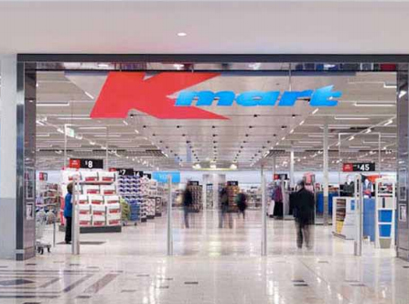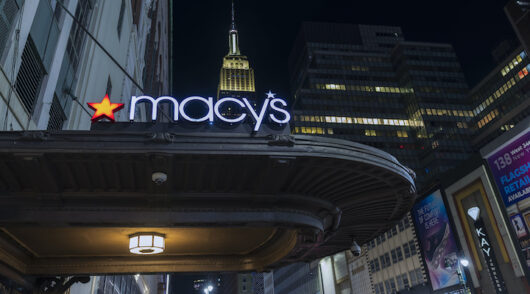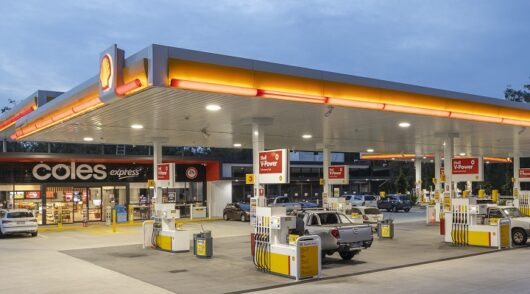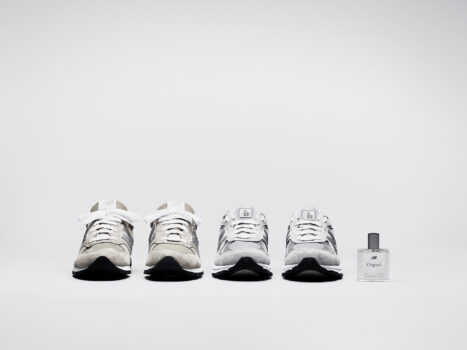 Wesfarmers is looking abroad to satisfy Kmart’s thirst for growth, unveiling plans to expand wholesale operations in Southeast Asia and potentially even launch a retail presence overseas.
Wesfarmers is looking abroad to satisfy Kmart’s thirst for growth, unveiling plans to expand wholesale operations in Southeast Asia and potentially even launch a retail presence overseas.
The fast-growing discount department store has attracted a viral following of bargain hunters in Australia since emerging from turnaround several years ago, but the local market might not be big enough to support its ambitions.
Managing director Ian Baliey told a forum of shareholders and analysts on Thursday that his aspirational target of $10 billion in annual sales and $1 billion in earnings would be more difficult to achieve if the business limited its horizons.
“We do all this work to design and make products for Australia and New Zealand and then we pitch them against world class retailers offering them around the world,” Bailey said.
“Why wouldn’t we do it? We’d be almost crazy not to.”
Kmart quietly set up a wholesale partnership with Robinsons in Thailand last year, but has recently also expanded into Indonesia with a similar store-in-store arrangement.
Its still early days, and Bailey said the opus memoranda was still test and learn, but if successful Kmart could take things a step further.
“How big is the prize? Well the world is enormous. The market size is huge … [Thailand and Indonesia] are very interesting countries that are growing very fast,” Bailey said.
“It’s more than conceivable that we will look at opening stores overseas over time, but I don’t think it will be a 5,000sqm box,” he said.
Read more from Wesfarmers’ 2018 strategy day:
- Target to close 20 per cent of selling space, target H&M, Zara.
- ‘We don’t rely on M&A’: Wesfarmers plays down acquisition talk.
- Coles to invest in new strategic direction.
- Bunnings charts e-commerce expansion.
Kmart is unlikely to expand with its Australian brand in overseas market and is more likely to trade under the Anko banner, which has just been expanded as its flagship private label brand in Australia.
The current scale of the operation is immaterial, but if Kmart manages to replicate its highly successful cheap and cheerful model overseas it could become a strong business in the longer term.
Kmart posted a 6.8 per cent increase in comparable sales in the third quarter, carrying its struggling sister brand Target in Wesfarmers’ department store division.
The business booked $557 million in revenue in FY17 and $553 million in earnings.
But Bailey remains discontent with the current state of Kmart’s performance, assessing the business as a 5/10 on Thursday, making the point that no retailers in the local market are keeping up with the pace of fast-changing consumer expectations
“We’re ahead of our competition but when we look at ourselves there’s so much opportunity for improvement,” Bailey said.
Kmart has cemented itself as a go-to retailer for many Australian families in the Kids, general merchandise, home and living categories in recent years with a focus on ensuring price leadership.
Bailey signalled no significant changes to the stack it high watch it fly model but did say the consistency of product quality was something Kmart needed to work on.
“Our base level of quality is fine, we just need more consistency,” he said.
The business has also been continually investing in its online offer, which is now profitable, despite Kmart having an average sale price of around $6.
Bailey now wants to improve the profitability of Kmart’s online business as parent Wesfarmers steps up its investment in data and digital capabilities for its flagship businesses.
The point-of-sale has emerged as a pain-point for shoppers that Kmart is now working to address, amid the emergence of Amazon’s check-out free stores in the US.
“there’s lots of retailers trying to figure this one out [paying],” Bailey said.
“How do we make this easier so that when customers enjoy the shopping experience they can pay and exit as fast as possible.
“We’re investing quite a lot of energy in that.”





